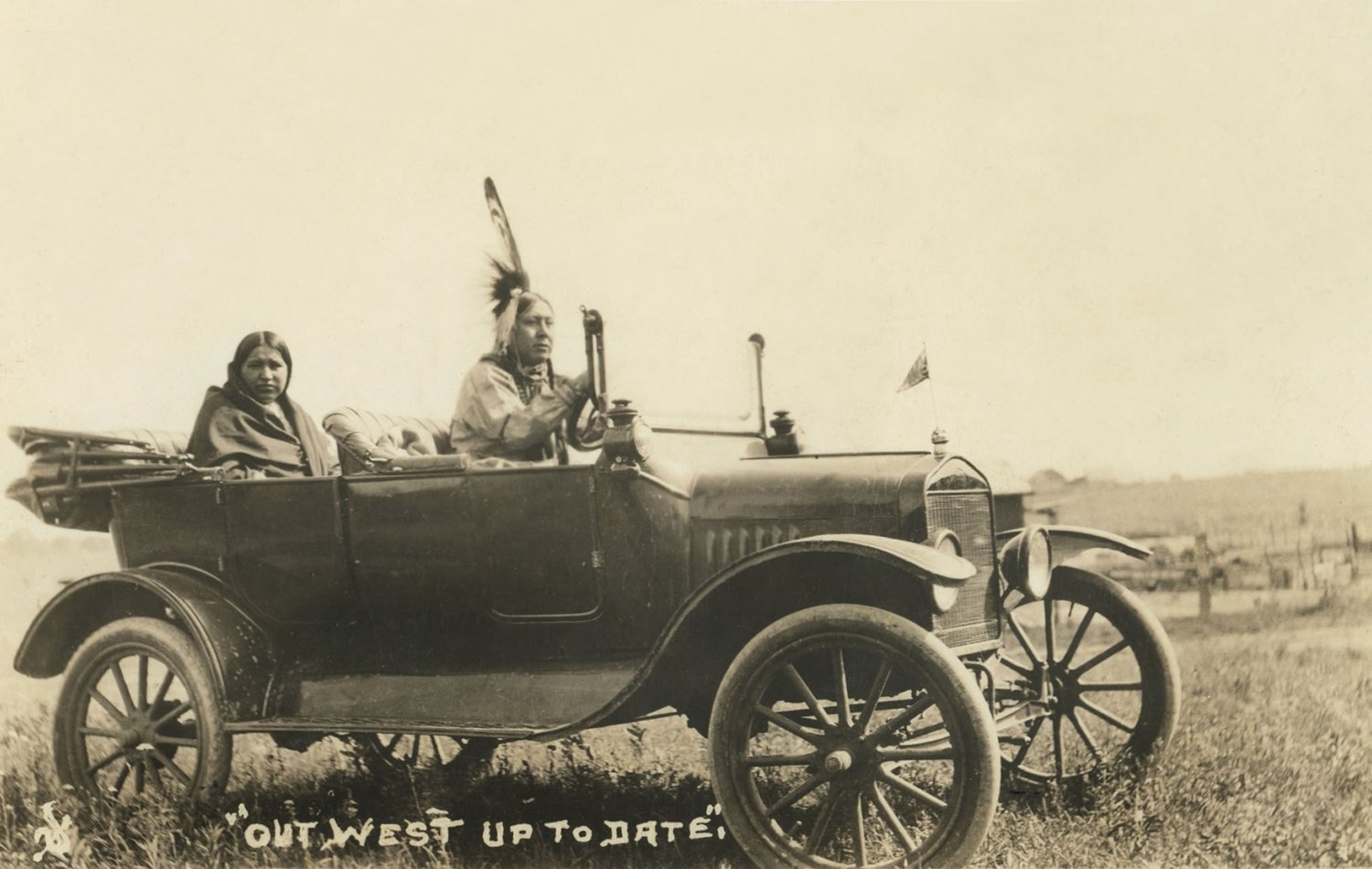I recently read David Grann's hugely successful crime thriller (Killers of the Flower Moon) and enjoyed the read. Don't get me wrong, I like his books. I'm an author and I love history, but I'm also a nitpicker like a lot of authors. Grann's crime thriller appears under the cloak of non-fiction as it describes the horrific crimes committed against the Osage Indians of Oklahoma. Like any crime writer — Michael Connelly, John Sandford, etc. — Grann likes to embellish his story. Read the excerpt below:
"Mollie and Rita arrived and stepped close to the body. The stench was overwhelming. Vultures circled obscenely in the sky. It was hard for Mollie and Rita to discern if the face was Anna's — there was virtually nothing left of it — but they recognized her Indian blanket and the clothes that Mollie had washed for her. Then Rita's husband took a stick and pried open the mouth, and they could see Anna's gold filling. "That is sure enough, Anna," Bill said. Rita began to weep, and her husband led her away. Eventually, Mollie mouthed the word "yes" — it was Anna. Mollie was the one in the family who always maintained her composure, and she now retreated from the creek with Ernest, leaving behind the first hint of the darkness that threatened to destroy not only her family but her tribe." (page 17).
Well, that's a great scene for a film or a novel? No doubt about it. There's a lot of detail there. You would have to be an eyewitness to the real event to record it in such detail. The only problem is that the discovery of Anna's body happened a hundred years ago and Grann wasn't born yet. There are numerous scenes like this in his book and they are all fictional, drawn from the writer's imagination. Clearly, Grann is masquerading as a journalist and a non-fiction writer when he is actually writing historical fiction.
In the Cambridge University dictionary, non-fiction is defined as writing about real events and facts, rather than stories that have been invented. In a non-fiction work, you will find a bibliography including references to newspaper articles, biographies and other documents taken from archives which are used to tell the story. Non-fiction works are based on facts, not on invented stories. Authors, who write historical fiction, usually warn their readers in a note in the foreword indicating that parts of the novel have been invented. Grann includes all the trappings of a non-fiction work (historical notes and a copious bibliography) but then goes out and invents entire scenes that have no place in a work of non-fiction without the proper references.
What are those references? Writers of non-fiction will often credit the description to an eyewitness or mention that a plausible interpretation of events might read this way or that. They will use expressions like "Eyewitnesses at the time remarked that....", "It was suggested at the time that..." or "What we are probably seeing is..." This is the way they introduce a description of events that they can't possible have observed themselves, but Grann doesn't observe any of the usual conventions when writing about past events. He is authoritative and commands your attention by mixing purely fictional elements with true events. So one might ask oneself, what part of his book is fiction and what part is based on true events?
Journalists and non-fiction writers benefit from the credible facts that they report. Readers assume that the events are true and give credence to their stories. Not so with a purely fictional account of events. When one cannot be sure whether the facts are real or invented, the writer instantly loses all credibility with readers. In the case of Grann's bestselling work, the number of potential deaths seems exaggerated. The FBI estimated that there were twenty-four Osage murders, but Grann suggests a huge number of deaths, around 600 from 1907 to 1923, based on figures taken from the Authentic Osage Indian Roll book by Dennis McAuliffe. How many Osage died from consuming bad alcohol during the Prohibition years? I would expect not all of them were being poisoned by white racists hoping to inherit his or her headrights. Are we really to believe that a large proportion of the American public living in Oklahoma at the time were such terrible people that they wished the Osage wiped off the face of the earth because of their good fortune? I think the truth lies somewhere else.
*Originally posted in July 2023


Comments ()